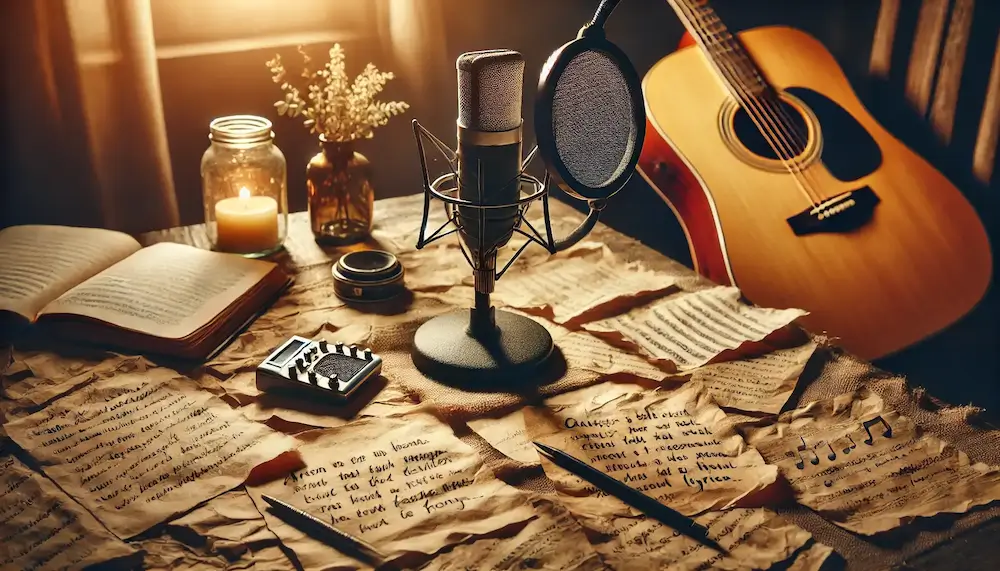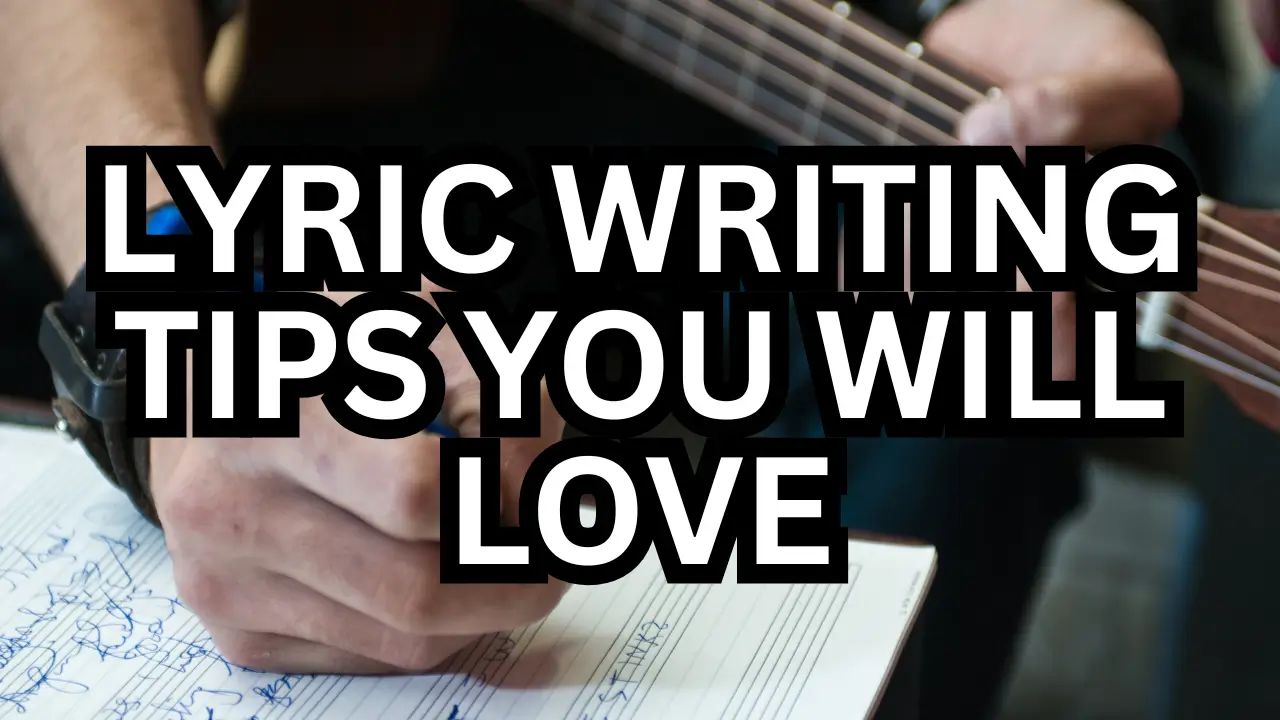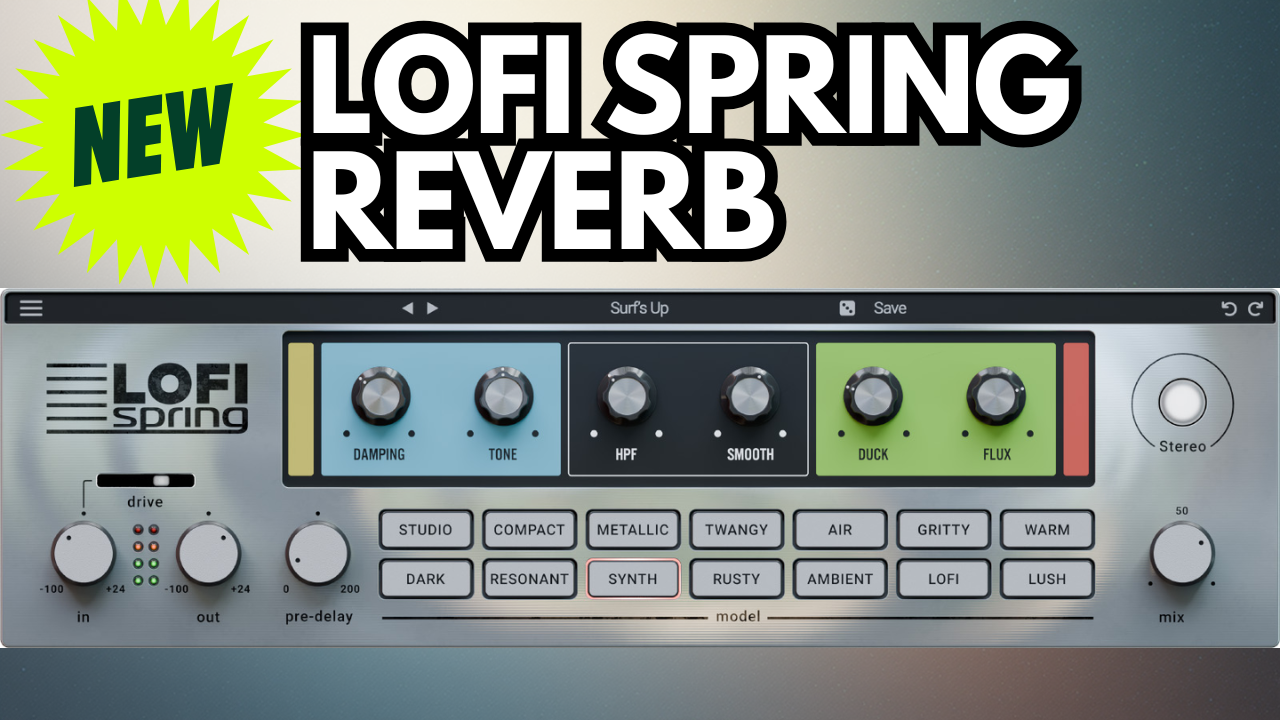Picture this: You’re listening to your favorite song, and suddenly, a line from the lyrics strikes a chord within you. It’s a magical moment, isn’t it? That’s the power of well-crafted lyrics, they connect, they resonate, they move people. I’m excited to share with you that the art of lyric writing is not solely reserved for the musically gifted. It’s a skill you can develop and refine over time. And I’m here to guide you on that journey.
Consider lyrics the heart of a song; they’re the vehicle for storytelling and the primary way listeners relate to music. When I sit down to write, I remind myself that the ultimate goal is to weave words into an emotional tapestry that listeners can step into. Remember, your unique experiences, thoughts, and expressions are invaluable in this creative process.
Songs often serve as a mirror reflecting the songwriter’s inner world. It’s that authenticity that can transform a simple melody into an anthem for countless listeners. And here’s a secret people crave real stories and emotions. Your honesty in your lyrics will not only fulfill the search for relatability but also cement your place as an authentic voice in the music world.
So, how do you begin? Start by observing, listening, and most importantly, feeling. Tap into your past, your dreams, your losses, and your triumphs. And as we move to the next section, I’ll share tips on channeling all that inspiring life-content into golden lyrics that are uniquely yours.
Related Posts:
- How To Overcome Writer’s Block In Songwriting
- Write Better Songs Faster – Hookpad’s Revolutionary Approach To Hooks
- Write Lyrics That Resonate – The Simple Techniques You’re Missing!
Inspiration for Lyricists

For you, inspiration might strike in the quiet moments just before sleep, or in the bustling heart of the city. Personal experiences are a treasure trove of material for any lyricist. It’s about digging into the moments that moved you, moments that broke you, and those that put you back together. The goal is to tap into these experiences and express them in a way that resonates.
But inspiration doesn’t only come from within. It also comes from the world you’re a part of. The stories you hear, the people you meet, the news headlines that catch your eye
all can be the seed of your next song. Keep a notebook or a voice recorder handy because you never know when a conversation or an observation will spark that next line.
I find that a routine of mindfulness can be a powerful tool. This means actively observing the emotions and details in everyday life, awakening your senses to the environment. You might notice the particular shade of blue in the evening sky, the rhythm of commuters’ footsteps, or the muffled sounds of a city at night. These moments can seed lyrics that feel grounded and textual.
Choosing the Right Words

Every word in your lyrics packs a punch. It’s critical to choose each one with intent. Language is your raw material, and how you shape it can turn a simple song into a masterpiece that resonates with listeners. Specific, vibrant language builds images in the listener’s mind and captures emotions with precision. I’ll walk you through why the words you choose are the backbone of powerful, memorable lyrics.
Consider how wordplay and metaphors can work to your advantage. They add layers of meaning, making your songs richer and more intriguing. A well-placed metaphor serves as a mental shortcut to complex emotions, encapsulating a feeling or an experience in a single, powerful image. Similes do this, too, likening one thing to another and inviting your audience to explore the connection.
Avoid cliches. They wear out their welcome fast and can make your lyrics feel stale. Strive for fresh expressions. If a phrase feels overused, it’s a signal to put in more work to find a unique angle. Push the boundaries of your creativity to express common feelings in new ways.
With these strategies, you’re not just writing lyrics, you’re crafting an experience for the listener. As a wordsmith, your care in choosing words shapes the soul of your song. Next, I’ll discuss structuring these words into a solid foundation that guides your listeners through the journey of your music.
Song Structure Essentials
Every song is a journey, and to guide listeners through it, structure is key. Think of song structure as the map for your lyrical journey, helping you determine where to place your verses, choruses, and perhaps a bridge.
A verse is where you establish the narrative. It’s the place to dive into the story you’re telling. Each verse typically adds a layer to your song’s theme, developing the plot or exploring different angles of the emotion you’re conveying.

The chorus is the anchor of your song. It’s the part listeners will remember and sing along with, so your core message should live here. This is where you highlight the main emotion or idea you want to leave your audience with.
A bridge offers a departure from the repetitive nature of verses and choruses. It’s an opportunity to introduce a new perspective or shift the mood before returning to the familiar territory of your chorus.
The narrative arc in a song is much like that in any good story. It has a beginning that sets the scene, a middle that builds up the tension or emotion, and an end that provides closure. Arranging your verses and chorus with this arc in mind helps ensure your song has momentum and keeps your listeners engaged.
Repetition is your ally, but it’s easy to overdo it. The trick is to repeat elements that will lodge in the memory, like a catchy chorus, while keeping verses varied enough to maintain interest.
With these building blocks in mind, I’ll walk you through how to marry your lyrics to melody in the next section, which is crucial for making your song come alive.
Harmonizing Words and Music

The magic in songwriting often happens at the intersection of melody and lyrics. The tune you choose can set the mood for your words, making it vital to ensure they work together harmoniously. A happy, upbeat melody might not suit a song about heartbreak, just as a slow, somber tune may clash with joyful lyrics.
A good place to start is by determining the mood or emotion you want to convey. Once you have that, you can craft a melody that complements your lyrics, or vice versa. Remember, the rhythm of the words should feel natural with the melody. If the words feel forced or awkward, it may distract the listener from the emotion you’re trying to evoke.
When adapting lyrics to a pre-existing melody, count the syllables and make note of the stressed beats. Lyrics often need to be tweaked to align with the melody’s rhythm – a process that can involve adding, removing, or changing words to get the perfect fit.
Don’t forget collaboration. Working with a musician can offer a fresh perspective and can help you navigate the challenges of marrying lyrics to melody. They might suggest changes in the melody to better serve the words or help you alter your lyrics to fit the musical backdrop more naturally.
Seeing your words take flight with the right melody is incredibly rewarding. But, the work isn’t over once the melody and lyrics are paired. Now, it’s time to listen – really listen – to how they play off each other in section six: ‘Editing with an Ear: Refining Your Lyrics’.
Refining Your Lyrics

I understand that there’s a special kind of attachment to the words you create. They often spring from deep emotions or experiences and feel like a part of you. But that initial outpouring is just the start. Editing is where good lyrics are sculpted into their best form. Here are some actionable tips for refining your work.
Always revisit your lyrics with fresh ears, preferably after a break. You might discover new ways to express an idea or find a phrase that seems out of tune with the rest.
Read your work out loud. Are there any awkward phrasings or tongue twisters? Make your lyrics as singable as possible, especially if you’re hoping others will cover your songs.
Invite feedback. Share your lyrics with trusted peers and consider their input with an open mind. Often, they can provide insights you might miss.
Be ruthless with your editing. If a line doesn’t serve the song or fails to convey the emotion you’re aiming for, be prepared to cut it or change it, no matter how attached you are to the original wording.
Pay attention to the pacing and rhythm within your lyrics. They need to match the tempo and feel of the music or the narrative drive you’re aiming to create. Lines that disrupt the rhythm can often be rephrased or relocated to a more fitting part of the song.
Remember, editing is not a one-time event. It’s a process that might need several rounds. Your goal is to end up with lyrics that communicate your message clearly and powerfully, without any obstacles for the listener.
Testing Your Lyrics Out Loud
Reading your lyrics on paper and being satisfied isn’t enough. I’ve found that the true test comes when you hear those words in the air. The process is simple: read and sing your lyrics out loud.
When you vocalize your lyrics, you hear the rhythm, the flow, and the emotional weight of each word. This auditory feedback can highlight awkward phrasings or rhymes that looked good on paper but don’t roll off the tongue as well as you’d hoped.
It’s not just about your own ears, though. Sharing your lyrics in a live setting, whether it’s an open mic night or simply in front of friends, provides invaluable insight. Watching the audience’s reactions let you gauge the impact of your lyrics. Do people seem moved? Are they engaged? Or do they look confused at certain lines? This is honest, real-time feedback that can guide your editing process.
Remember, the overall goal is connection. You want your lyrics to resonate with others. Observing listener reactions helps you understand if you’re on the right track or if you need to revisit certain lines.
I encourage you to embrace the vulnerability that comes with this part of the process. It’s a step that can propel your lyrics from good to great, and it will prepare you for the next phase of sharing your craft with a broader audience.
Launching Your Lyrics Into the World
Once you have your lyrics polished and ready, your journey shifts from the pen to the stage—the world awaits the songs only you can write. Protecting your work is the first step before you share them. Whether you’re registering with a copyright office or ensuring you’re part of a performance right organization, you’re doing more than safeguarding; you’re declaring that your creations are worth noticing.
Then, it’s about selecting the right avenue to give your lyrics life. Are you releasing them through social media, streaming platforms, or live performances? Each choice opens different doors and reaches different audiences, so think about where your words will resonate most.
While digital platforms offer widespread distribution, don’t underestimate the power of local scenes and live performances to create a loyal fan base. A local open-mic night or a community event can be just as pivotal as a viral online hit.
Networking is crucial. Connect with other songwriters, musicians, and industry professionals. Engaging with a community that shares your passion provides not only potential collaboration opportunities but also invaluable feedback and support.
Finally, remember to keep honing your craft. Lyric writing is a skill that grows with experience and exposure. Seize every opportunity to write, every chance to collaborate, and every platform to share your work. Each step is a building block in your career as a lyricist—your words are your legacy.
Related Posts:





Leave a Reply